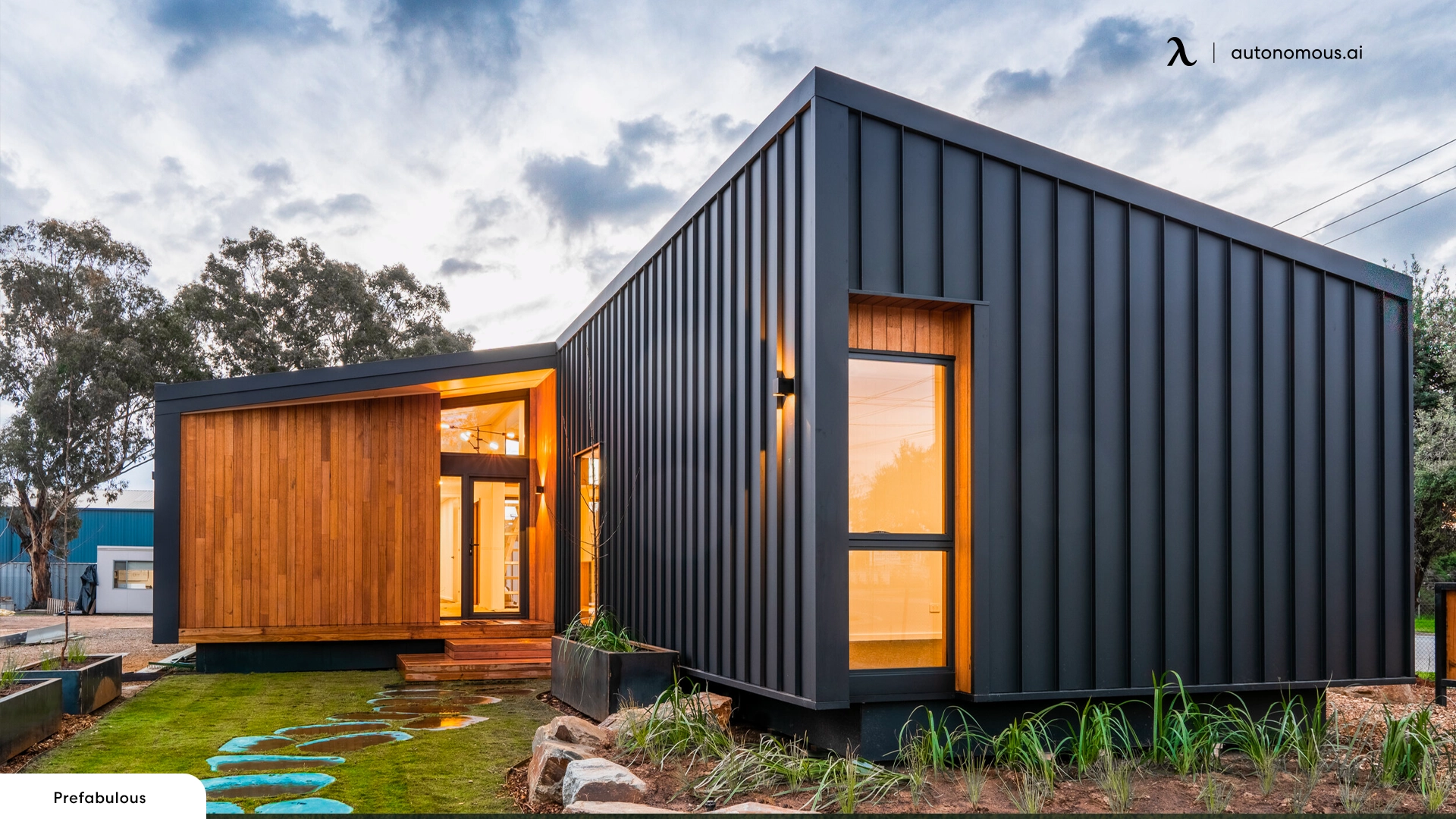
Modular Homes in Santa Fe, NM: A Comprehensive Guide
Table of Contents
- 1. The Charm of Santa Fe Style Modular Homes
- 2. Affordability and Flexibility of Modular Homes
- 3. Navigating the Modular Home Buying Process in Santa Fe
- 4. Modular Homes vs. Traditional Homes in Santa Fe
- 5. FAQs
- 5.1. Can I place a modular home anywhere in Santa Fe?
- 5.2. How long does it take to build a modular home?
- 5.3. Are modular homes as durable as traditional homes?
- 5.4. What financing options are available for modular homes?
- 5.5. How does the cost of a modular home compare to a traditional home?
- 5.6. What is included in the price of a modular home?
- 5.7. What additional costs should I consider when purchasing a modular home?
- 6. Conclusion
Santa Fe, New Mexico, is known for its stunning landscapes, rich culture, and unique architectural styles. Among the various housing options, modular homes have gained popularity for their affordability, flexibility, and aesthetic appeal. In this blog, we’ll explore the charm of Santa Fe modular homes, the tiny house movement, and essential tips for navigating the buying process.
1. The Charm of Santa Fe Style Modular Homes
Santa Fe style modular homes beautifully blend modern design with traditional Southwestern elements. Characterized by adobe-inspired exteriors, earthy color palettes, and distinctive architectural features, these homes resonate with the local culture.
When considering modular homes in Santa Fe, NM, buyers can find options that not only look stunning but also meet modern sustainability standards. For more on this, check out our guide on New Mexico modular homes.
The tiny house movement is thriving in Santa Fe, appealing to those seeking a simpler, more sustainable lifestyle. Tiny homes offer an affordable solution while emphasizing minimalism and eco-friendliness. Many local builders are now specializing in tiny houses, allowing residents to enjoy the beauty of Santa Fe without the high costs of traditional housing. For a deeper dive into this trend, explore our article on tiny homes in New Mexico.
Mobile homes in Santa Fe provide a budget-friendly alternative for many families. These homes often come with various amenities and are located in communities that foster a sense of belonging. The availability of mobile homes in desirable neighborhoods makes them a compelling choice for those seeking affordable living without sacrificing comfort.
Sustainability is a significant advantage of modular homes. Many builders use eco-friendly materials and energy-efficient designs to reduce environmental impact. Features like solar panels for tiny house and energy-efficient windows are becoming increasingly common, helping homeowners lower utility costs while being kinder to the planet. If you're looking for innovative ideas, check out our post on modular home ideas that incorporate sustainability.
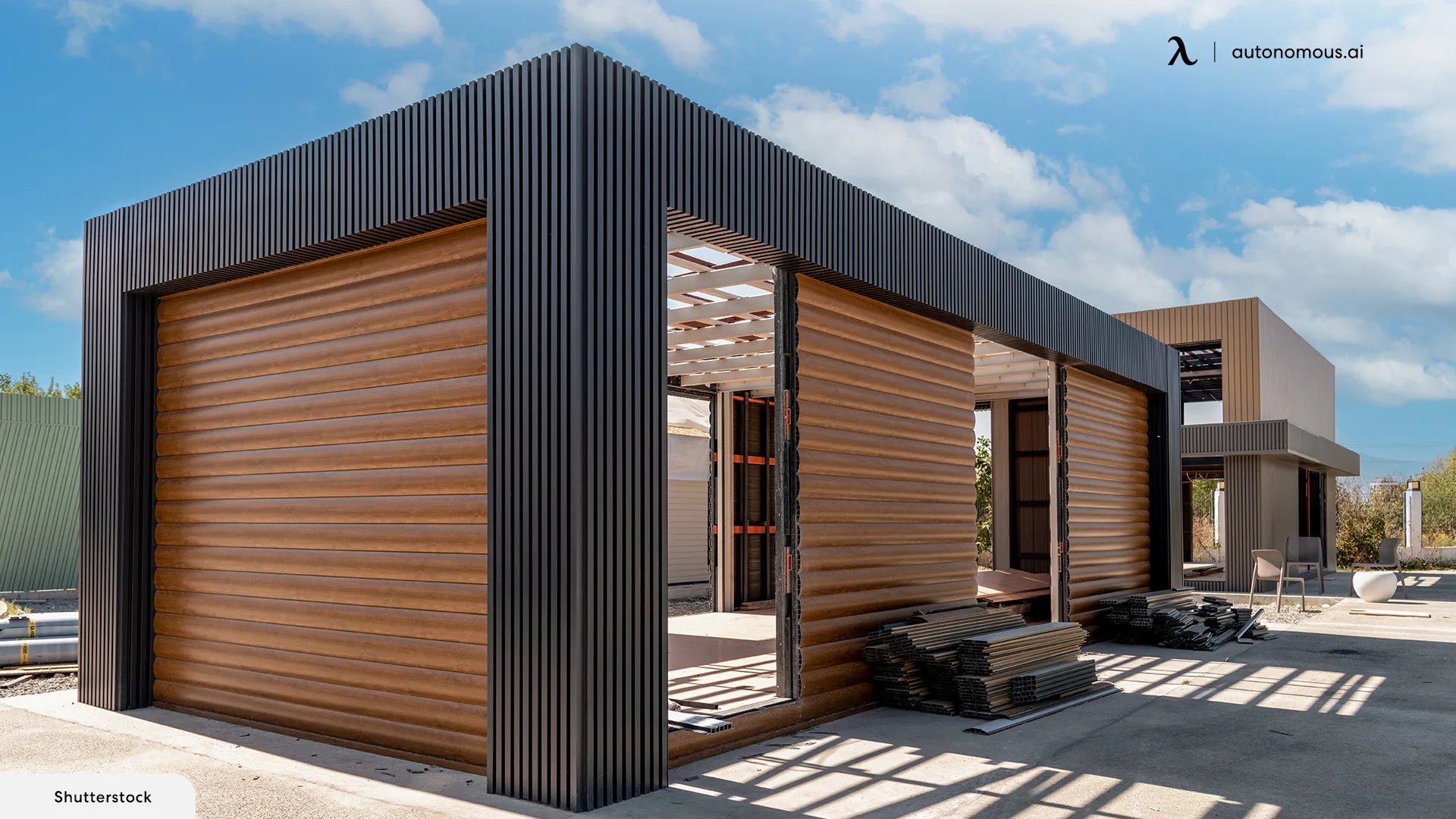
2. Affordability and Flexibility of Modular Homes
One of the standout benefits of modular homes is their affordability compared to traditional construction methods. These homes often boast shorter build times and reduced waste, making them a practical choice for first-time buyers and those seeking a more straightforward living situation.
In Santa Fe, modular homes are designed to optimize both energy efficiency and space, frequently resulting in significant long-term savings. Homeowners appreciate the flexibility to customize their spaces, ensuring that their homes reflect their individual lifestyles and preferences.
Enhancing Modular Living with Accessory Dwelling Units (ADUs)
A compelling feature of modular homes is the option to incorporate accessory dwelling units (ADUs). These smaller living spaces can be attached to the main structure or built as independent units, offering additional functionality.
- Versatile Uses
ADUs can serve various purposes, including guest accommodations, home offices, or rental units, significantly enhancing the property's utility and overall value. For instance, a backyard house can act as a cozy retreat for guests, providing an ideal space for family or friends.
If you want to host visitors, consider a backyard guest house. This can be a perfect spot for friends and family to stay while maintaining their own space. For those working from home, a tiny backyard office can create a productive environment separate from household distractions. This setup can be tailored to meet your working needs.
If you’re into fitness, a backyard yoga studio can offer a serene setting for your practice, allowing you to connect with nature while you unwind. If you’re running a home business, a backyard workroom can elevate your workspace by providing a dedicated area for projects. This functional space can enhance your productivity.
Lastly, ADUs can be tailored for leisure and entertainment, offering countless fun backyard ideas for adults. To ignite your creativity, consider incorporating a backyard man cave for relaxation.
/https://storage.googleapis.com/s3-autonomous-upgrade-3/production/ecm/240412/StudioPod-2.jpg)
WorkPod Versatile
| Overall size | 8’4”W x 12’6”L x 9’10”H |
| Floorspace | 105 square feet |
| Ceiling height | 7’3” |
| Weight capacity | 2.9 tons |
| Pedestal | 18”W x 43”L x 7”H |
| Door & Window dimensions, material (include glass) | Main door: 39”W x 89”H Large window: 59”W x 81”H Small window: 39”W x 39”H Window & door material: Powder coated aluminum, 5/16” tempered glass |
| Siding, roof, floor & balcony material | Siding: Plywood 1/2”, steel frame, honeycomb paper, plywood 3/8”, bitume, housewrap, vinyl siding Roof: Roof shingles Floor: Plywood Pedestal: Steel frame & wood plastic composite |
| Electrical devices | 1 RCB (Residual current breaker) |
| Power input | Maximum voltage: 110V AC (US standard) Maximum current: 25A Maximum power dissipation: 2750W |
| Furniture (optional) | Cabinet, Desk, Small & Big Bookshelf, TV Shelf, Foldable Sofa Table & Electrical Cabinet* (*Electrical Cabinet always included) |
- Seamless Integration
Many modular home builders provide options to add ADUs during the construction process. This integration not only boosts property appeal but also enhances the living environment.
A common question is whether you can build a mother-in-law suite on your property. This type of space is ideal for accommodating family members or guests. Homeowners also often wonder about regulations concerning additional structures, such as how many sheds can I have on my property? Understanding local zoning laws is essential for planning your yard effectively.
Another question that frequently arises is whether it’s possible to build a second house on my property. This option can provide extra living space or rental income, but zoning laws must be considered.
Local Regulations
Homeowners should familiarize themselves with local regulations regarding ADUs. For instance, these units typically cannot exceed 1,400 square feet and must maintain a size that is subordinate to the primary dwelling.
Focus on Sustainability
Similar to modular homes, ADUs often prioritize eco-friendly construction methods. Many incorporate sustainable materials and energy-efficient systems, making them an environmentally conscious choice for homeowners. The concept of affordable sustainable homes highlights the balance between cost and environmental responsibility. For those interested in compact living solutions, sustainable tiny homes present features that minimize environmental impact while maintaining essential modern living aspects. Additionally, sustainable off-grid homes offer a solution for independent living with reduced carbon footprints.
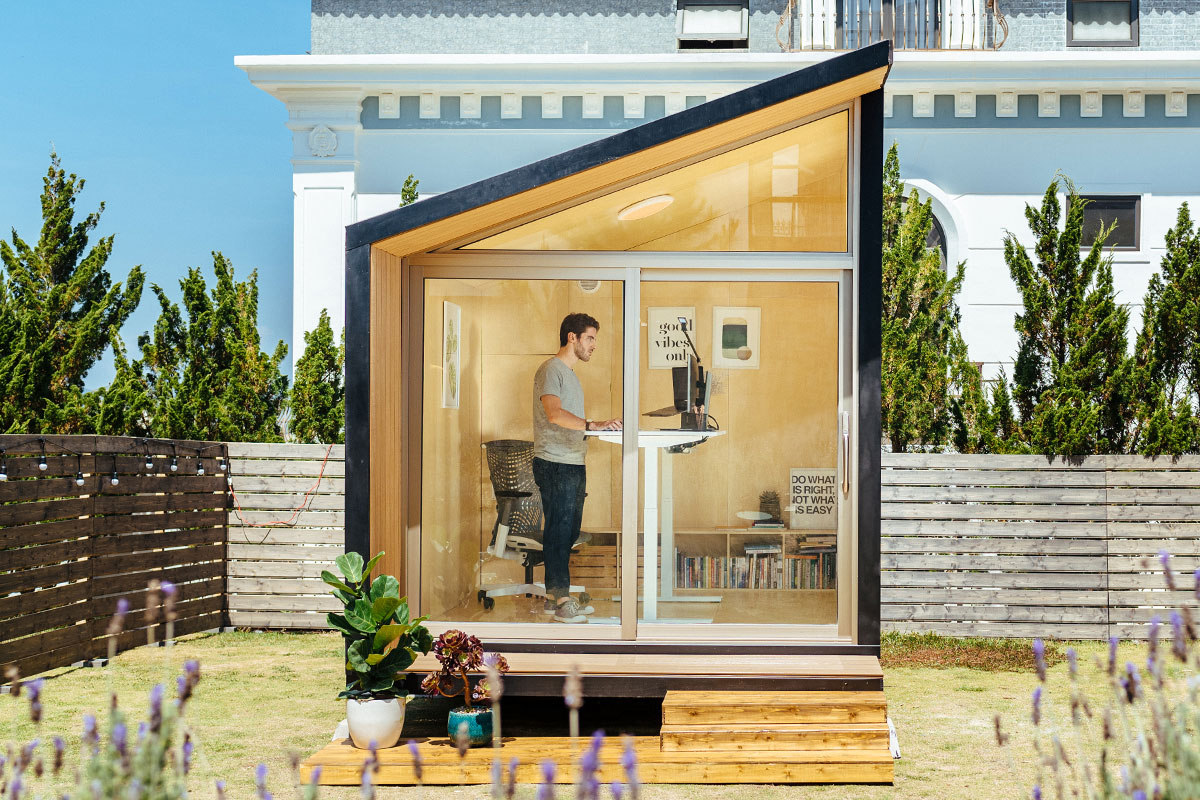
WorkPod
| Overall size | 8.5’W x 12’L x 11’H |
| Floorspace | 102 square feet |
| Ceiling height | 6.8’ to 9.3’ |
| Weight capacity | 2.9 tons |
| Door & Window dimensions, material (include glass) | Main door: 7.5’W x 6.8'H 3 windows: 1.1’W x 7.9’H Window material: Wooden frame, 5/16” tempered glass, composite wood cover Door material: Anodized aluminum frame, 5/16” tempered glass |
| Siding, roof, floor & balcony material | Siding: Plywood 1/2”, wooden frame, honeycomb paper, plywood 3/8”, bitume, housewrap, vinyl siding Roof: Roof shingles Floor: Plywood Balcony: Composite wood |
| Electrical devices | 1 RCB (Residual current breaker) 3 Wall outlet (Universal wall sockets) 1 Ceiling light switch 1 Ceiling light 1 Ventilator switch 1 Ventilator 66ft power cable with 2 connectors |
| Power input | Maximum voltage: 110V AC (US standard) Maximum current: 25A Maximum power dissipation: 2750W |
| Interior furniture | Unfurnished option: 1 Bookshelf, 1 Electrical Cabinet Furnished option: 1 SmartDesk Connect, 1 ErgoChair Ultra, 1 Monitor Arm, 1 Cable Tray, 1 Filing Cabinet, 1 Anti-Fatigue Mat, 1 Bookshelf, 1 Electrical Cabinet |
| Compatible with | Portable air conditioner: A/C units with dimensions smaller than 22” L x 20” W x 88” H and a 5.9” vent hole diameter will fit well. Heater: A small personal heater is more than sufficient. |
- Handy homeowners
- Professionals who need a quiet, dedicated space to work from home
- Freelancers who require a focused environment away from household distractions
- Permit-free
- Zero foundation preparation
- Built with weatherproof and soundproof materials
- Pre-wired with ambient lighting and outlets
- Ready in 3 days
- Requires sufficient outdoor space which may not be available to everyone
- May require additional setup for internet and other connectivity
3. Navigating the Modular Home Buying Process in Santa Fe
Buying a modular home can be a straightforward process if you understand the steps involved. Here’s a more detailed guide:
3.1. Research Builders
Start by researching reputable builders who specialize in modular homes in Santa Fe. Look for companies with positive reviews, a solid portfolio, and experience with the local market. Builders like Cavco and Champion Homes offer a variety of customizable designs.
3.1. Explore Financing Options
Many lenders provide financing specifically for modular homes, which can differ from traditional home loans. Investigate various options, including FHA loans, VA loans, and conventional mortgages. A financial advisor familiar with modular home financing can guide you through the best choices for your situation.
3.3. Understand Local Regulations
Each area may have different zoning laws and building codes. In Santa Fe, you might need to secure permits that ensure your modular home complies with local ordinances. Research these regulations early in your planning process to avoid any setbacks.
Understanding local regulations is crucial when planning to build a modular home in Santa Fe. Different neighborhoods may have specific zoning laws that impact where and how you can place your home. It’s important to ensure compliance with these regulations, as they can significantly influence your project timeline and budget.
Zoning Laws: Familiarize yourself with the zoning requirements in your chosen location. These laws dictate the type of structures allowed and can include restrictions on height, design, and placement on the lot.
Permits and Inspections: You will likely need to obtain several permits before construction can begin. This may include building permits, septic permits (if applicable), and any special permits required for modular homes. Regular inspections will also be part of the process to ensure compliance with safety standards.
Community Guidelines: If you're placing your home in a community with an HOA (Homeowners Association), be sure to understand their rules regarding modular homes. Some communities may have strict guidelines that could impact your home’s design and placement.
For those interested in adding extra living space, consider the option of a modular accessory dwelling unit. Our detailed guide explains the benefits and considerations of these units, which can serve as guest houses or rental properties. Explore more in our article on modular accessory dwelling units.
3.4. Choose the Right Location
Finding the perfect spot for your modular home is crucial. Consider proximity to amenities, schools, and employment opportunities. Some areas may have restrictions on where modular homes can be placed, so check local guidelines to ensure your desired location is suitable. For more detailed guidance on where you can place your modular home, visit our page on whether you can build a modular home anywhere.
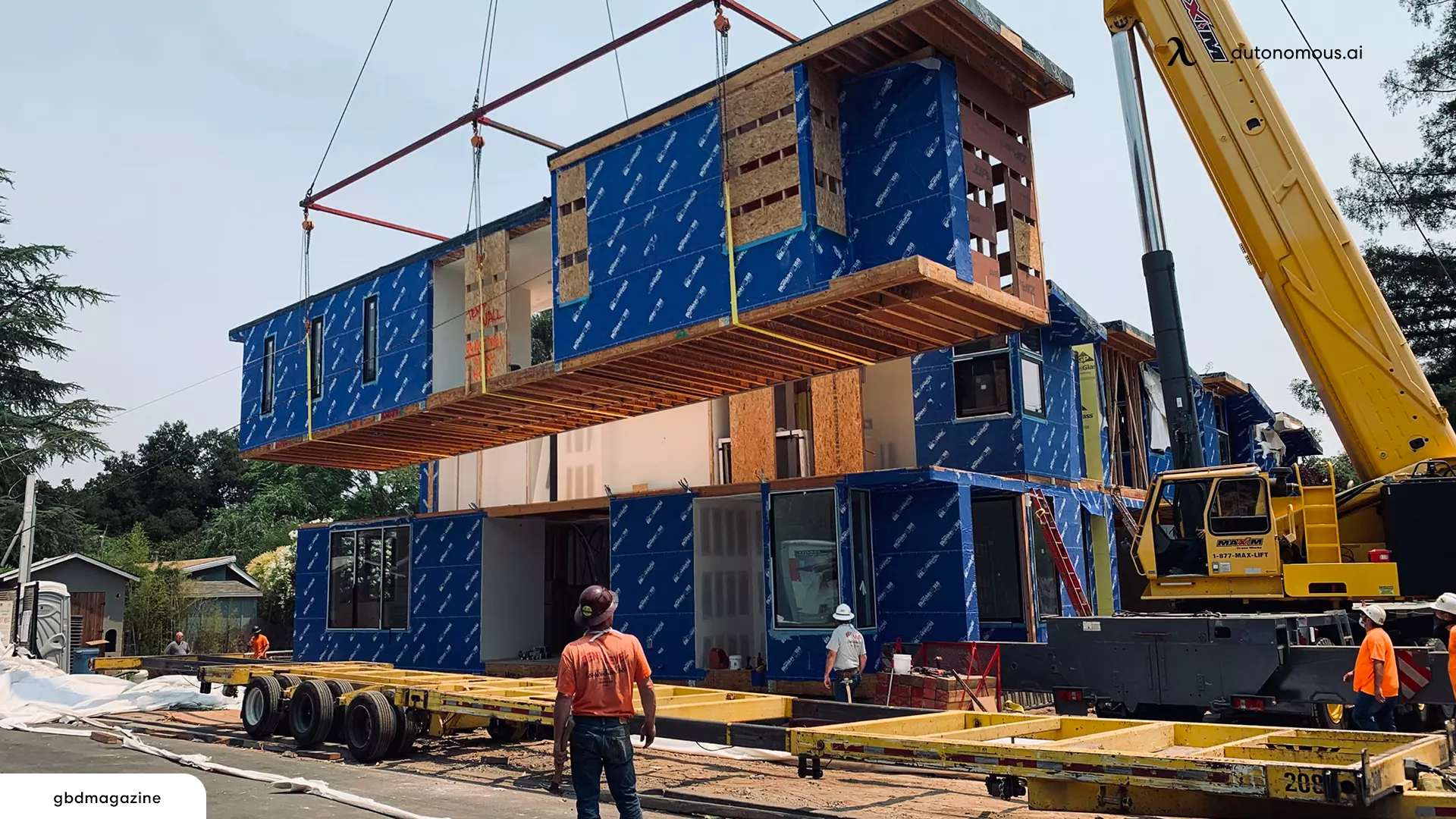
4. Modular Homes vs. Traditional Homes in Santa Fe
When considering housing options in Santa Fe, it’s essential to understand the distinctions between modular homes and traditional homes. Each type offers unique benefits and challenges, making them suitable for different buyers based on their needs and preferences. Below is a comparative analysis highlighting the key differences to help you make an informed decision:
| Feature | Modular Homes | Traditional Homes |
|---|---|---|
| Cost | Generally more affordable due to reduced construction time and labor costs. | Typically higher due to longer build times and increased labor expenses. |
| Build Time | Can be completed in a matter of months, allowing for quicker occupancy. | Often takes several months to over a year to construct, depending on various factors. |
| Customization | High level of customization available, allowing homeowners to design their living spaces. | Customization can be limited by traditional building practices and timelines. |
| Construction Waste | Generates less waste, as homes are built in a factory setting. | Usually results in more waste due to on-site construction processes. |
| Energy Efficiency | Many modular homes are built with energy-efficient designs and materials. | Energy efficiency varies widely depending on the builder and materials used. |
| Financing Options | Specific financing options may be available tailored to modular homes. | More conventional financing methods, but may not cater specifically to modular designs. |
| Resale Value | Resale value can vary; however, well-built modular homes are gaining acceptance in the market. | Often retains value better, but can be subject to market fluctuations. |
| Regulatory Compliance | Must comply with the same building codes as traditional homes, but may have additional requirements based on location. | Subject to local building codes, which may differ significantly from modular requirements. |
5. FAQs
5.1. Can I place a modular home anywhere in Santa Fe?
Not necessarily. Placement depends on local zoning laws and regulations. It’s essential to check with local authorities to understand where you can legally place a modular home.
5.2. How long does it take to build a modular home?
Modular homes can typically be completed in a matter of months, significantly faster than traditional homes, which can take several months to a year or more to construct.
5.3. Are modular homes as durable as traditional homes?
Yes, modular homes are built to the same building codes as traditional homes, and many are designed to be durable and energy-efficient, often exceeding standard requirements.
5.4. What financing options are available for modular homes?
Financing options include traditional mortgages, FHA loans, VA loans, and specialized loans for modular homes. It's advisable to speak with lenders who understand modular home financing.
5.5. How does the cost of a modular home compare to a traditional home?
Modular homes are generally more affordable than traditional homes. The cost savings primarily come from shorter construction times and reduced labor costs. On average, modular homes can save buyers anywhere from 10% to 20% compared to traditional builds. This is due to the efficient factory construction process, which minimizes waste and maximizes productivity.
5.6. What is included in the price of a modular home?
The base price of a modular home typically includes the structure itself, but additional costs may arise for land acquisition, site preparation, utilities, and permits. Buyers should also consider costs for finishing touches, such as flooring, cabinetry, and appliances, which are often not included in the base price.
5.7. What additional costs should I consider when purchasing a modular home?
In addition to the base cost, buyers should factor in site preparation costs (such as grading and foundation work), utility connections, and landscaping. There may also be fees for permits and inspections, which can vary by location. It’s important to budget for these expenses to avoid surprises during the purchasing process.
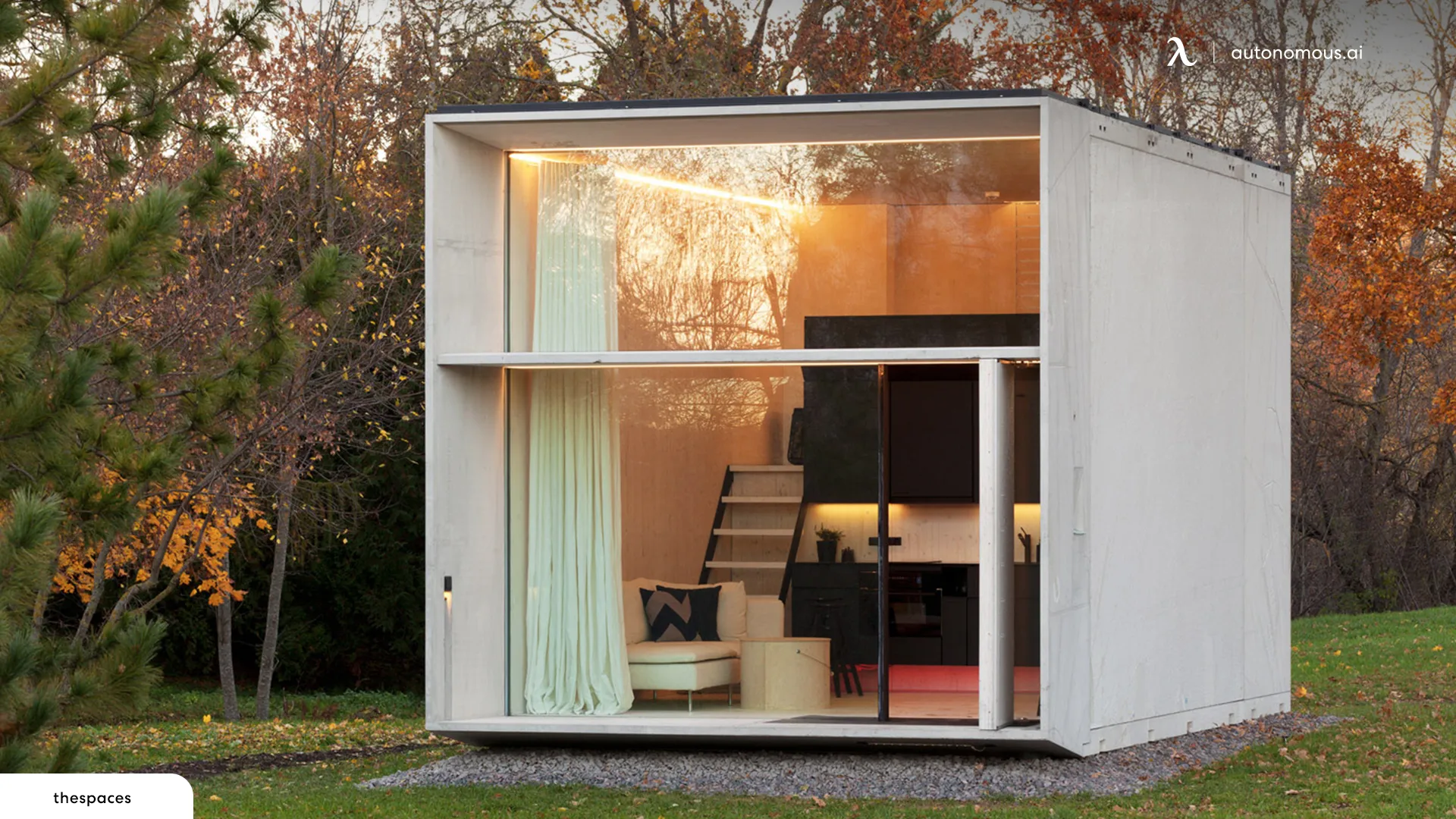
6. Conclusion
As you explore the dynamic landscape of modular homes in Santa Fe, it's essential to consider the diverse offerings available, especially prefab homes in New Mexico. These homes not only present cost-effective living solutions but also provide ample opportunities for customization, making them an appealing choice for many buyers. To learn more about the benefits and features of prefab homes, check out our article on prefab homes in New Mexico.
Additionally, the charm of modular homes with porches cannot be overlooked. Porches enhance outdoor living spaces, providing an inviting area for relaxation and entertaining while adding unique aesthetic appeal to your home. To explore various design options and the advantages of incorporating porches into your modular home, visit our guide on modular homes with porches.
In summary, whether you're interested in the affordability of modular homes, the innovative aspects of prefab designs, or the welcoming features of porches, Santa Fe offers an array of exciting possibilities. Take the time to explore these resources as you envision your dream home.
Stay connected with us!
Subscribe to our weekly updates to stay in the loop about our latest innovations and community news!
Interested in a Link Placement?
Spread the word
.svg)
.svg)


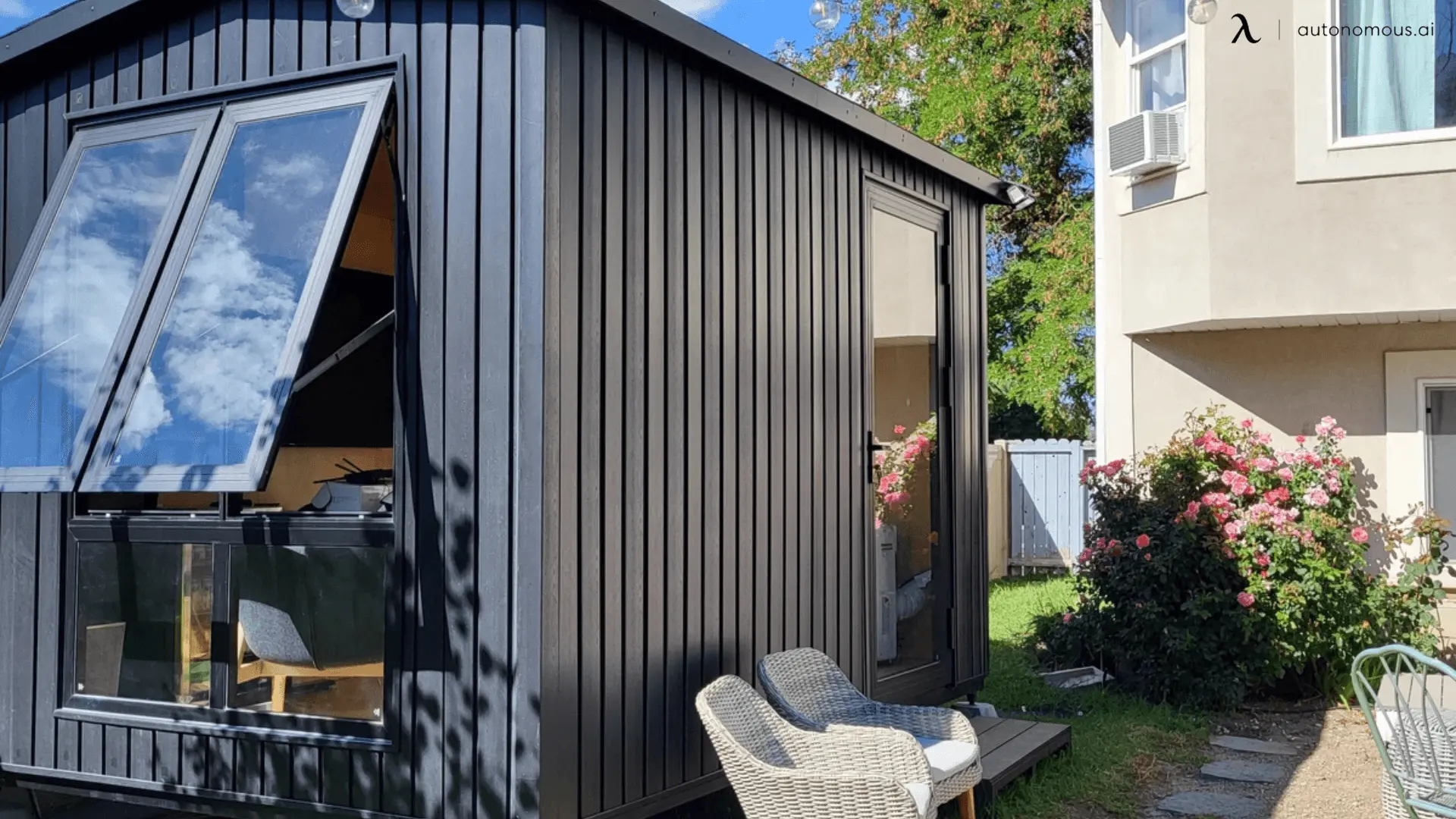
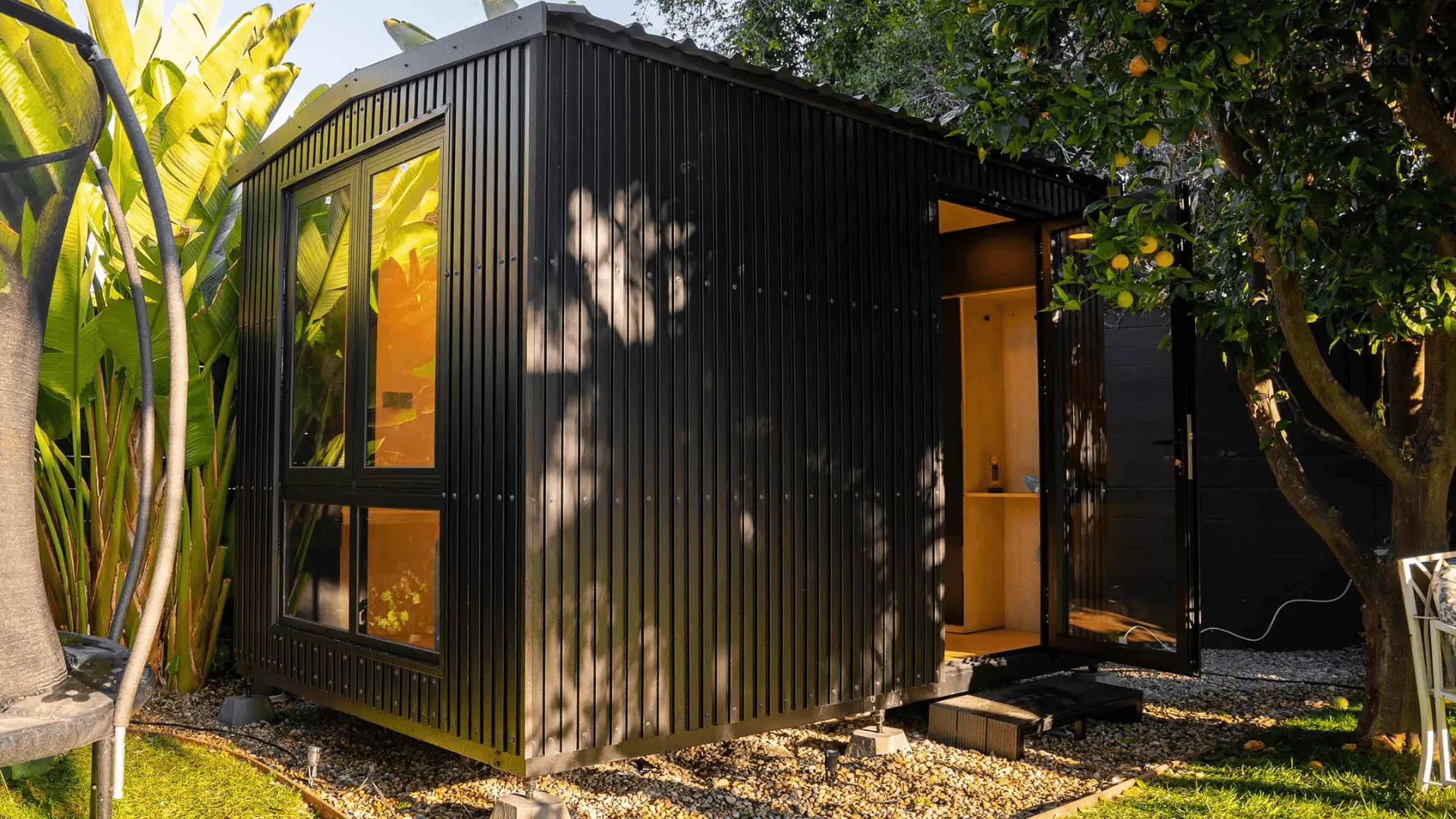
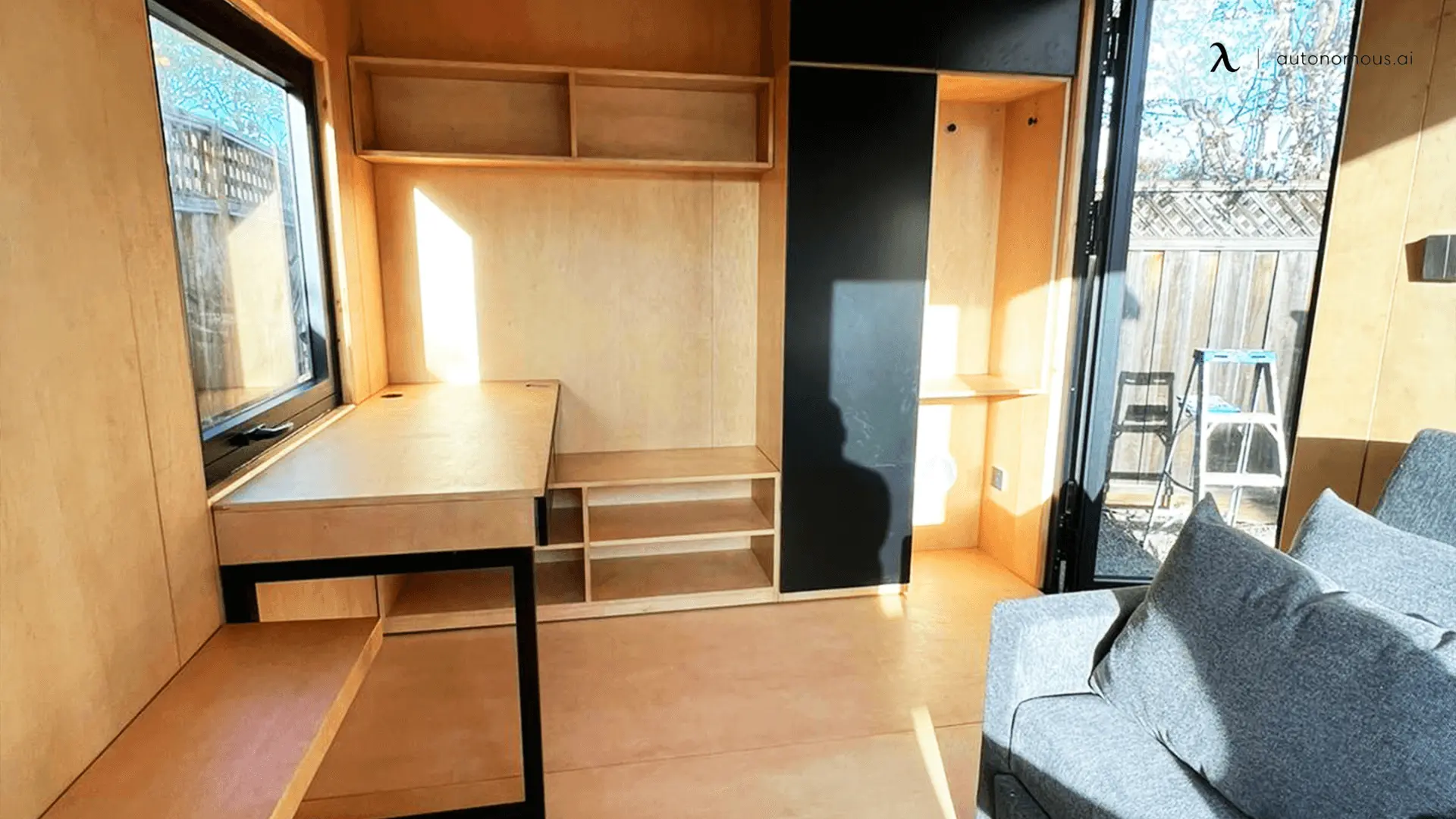
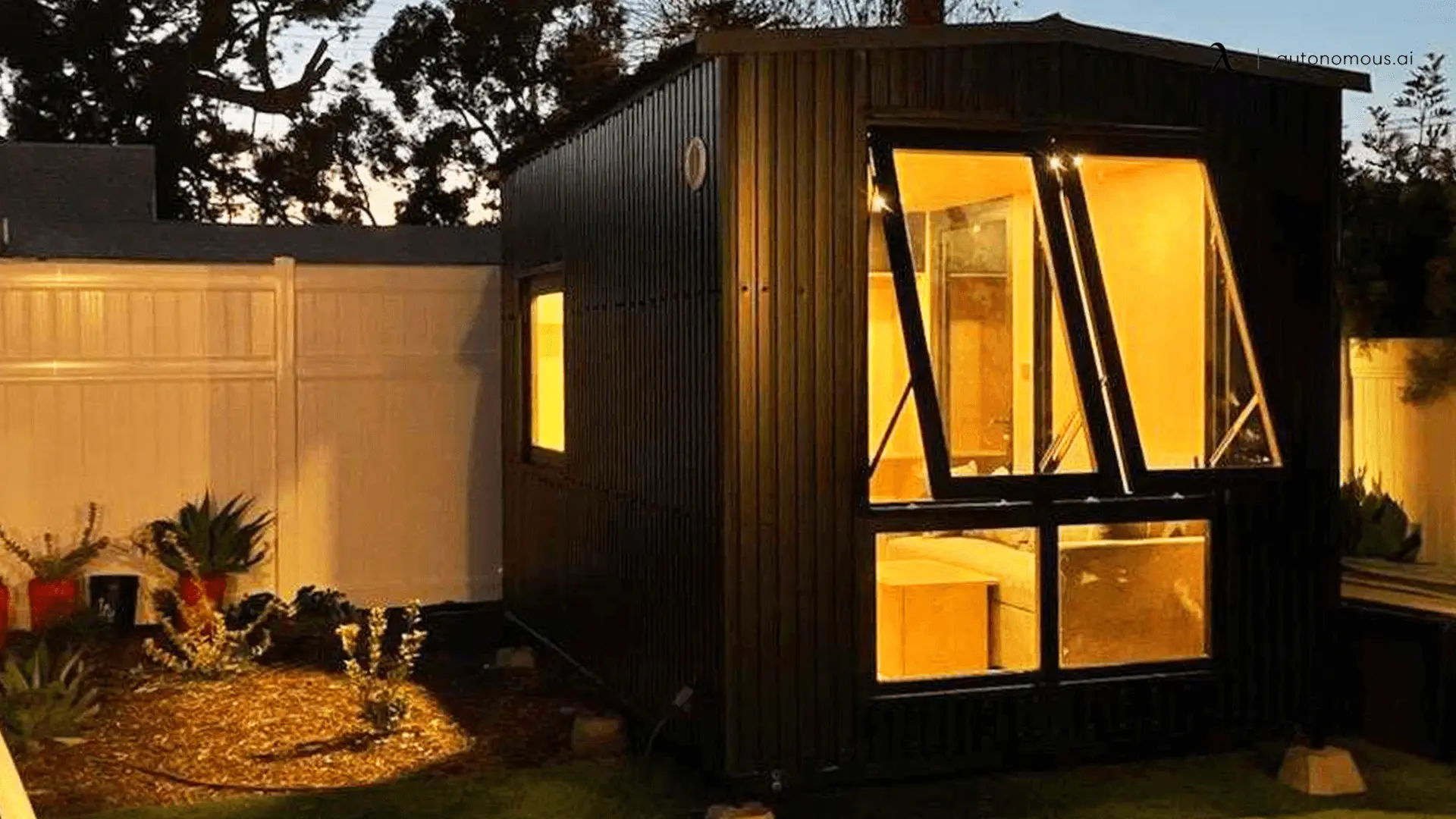
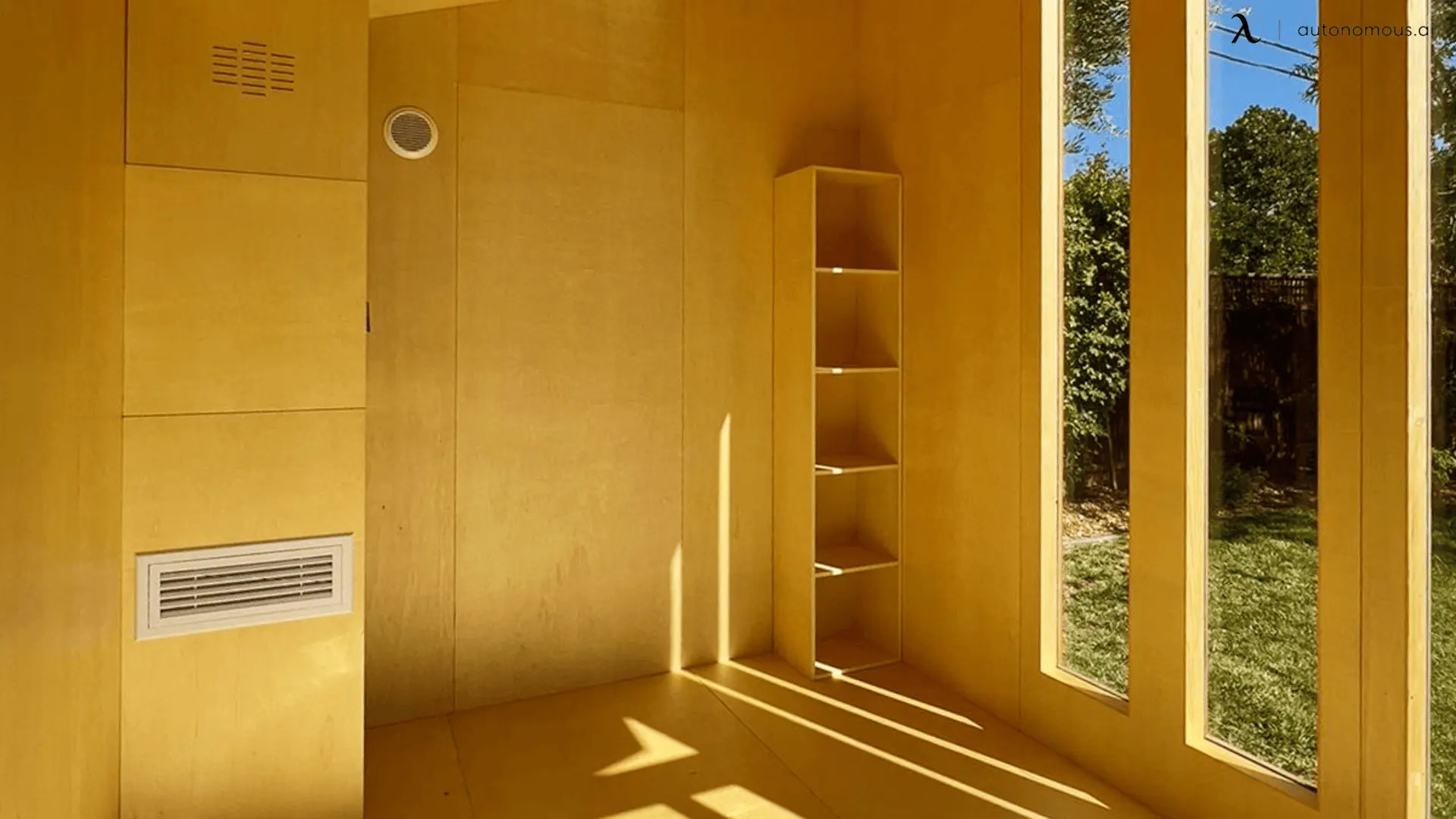
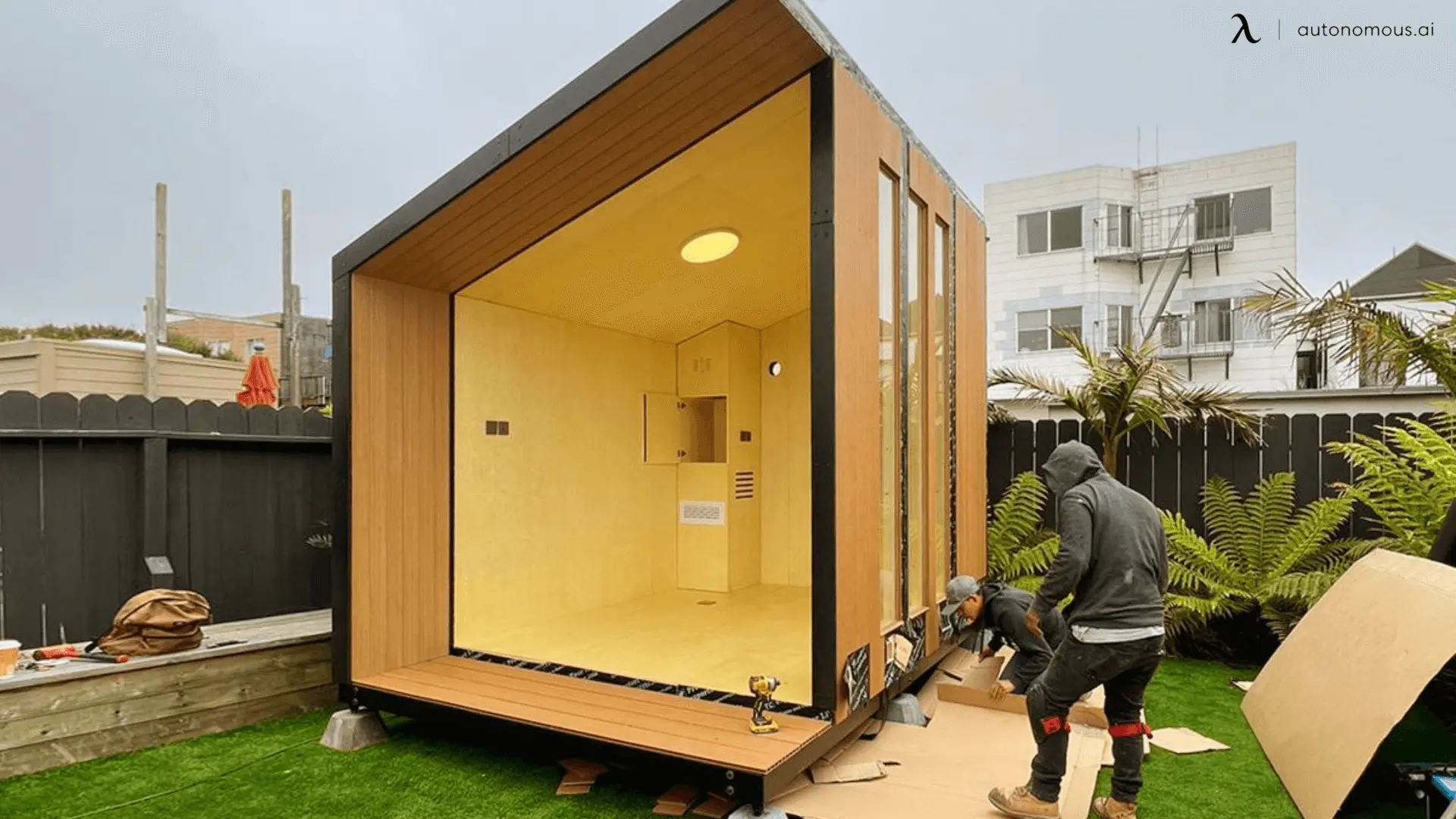
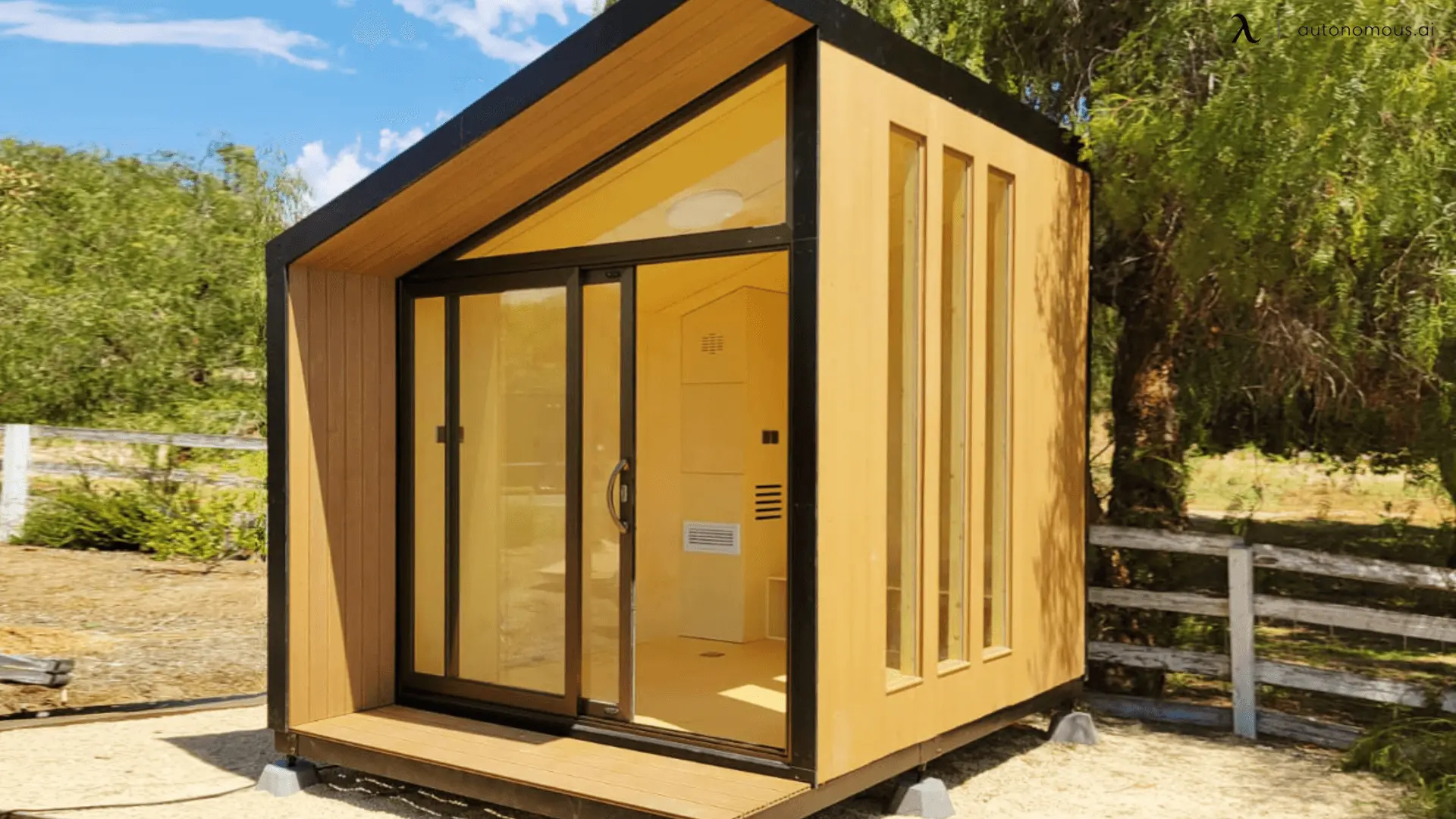


/https://storage.googleapis.com/s3-autonomous-upgrade-3/production/ecm/230914/bulk-order-sep-2023-720x1200-CTA-min.jpg)

/https://storage.googleapis.com/s3-autonomous-upgrade-3/production/ecm/230824/image_78sctd8d_1692158325567_raw-80639991-bedf-4e11-a77c-1c8e0a351b40.jpg)